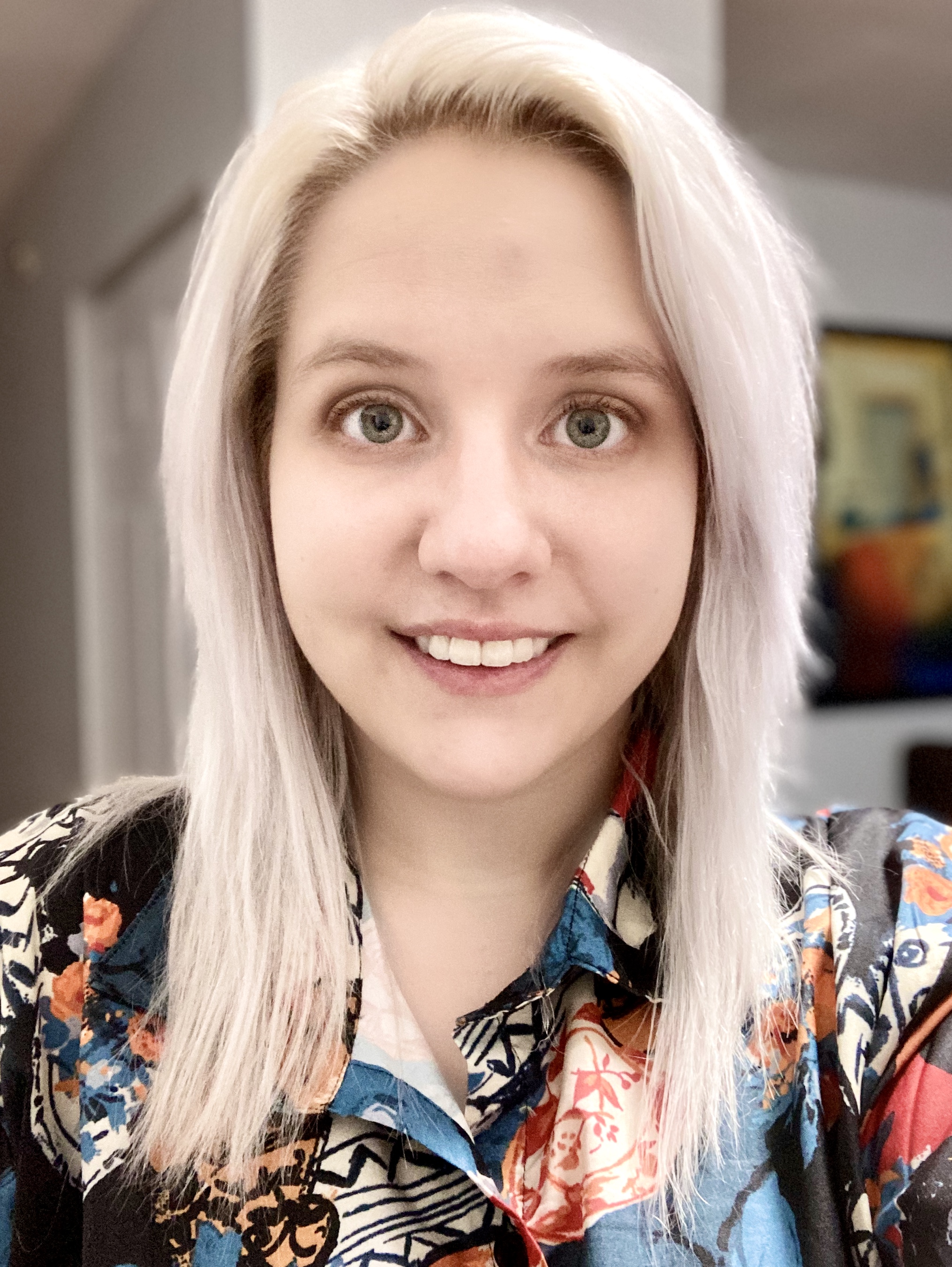App: Left in The Shadows
Hosted in ArcGIS Online:
Mission statement
It is no secret that many Canadians are proud to live in the country that we do. In the big picture, we do have a reason to be. Compared to our next-door neighbour in the South, we employ better social policies, have cheaper cost of education, and of course provide universal healthcare for our citizens, to pick a few differences. It is easy, however, to assume if services are offered at all that they are offered everywhere. Unfortunately, this is not the case for much of rural Canada, and numerous communities face disparity in access to basic services. Among these, indigenous reserves are the most affected, for a variety of reasons.
In 2011, the Status Report of the Auditor General followed up on recommendations it had made to the government, over the decade prior, to reduce inequality within indigenous communities. While some legislative issues seem to have been tackled, it was found that the education gap between Indigenous reserves and the rest of Canada had widened, and many key infrastructure goals had not been met. These towns and villages often account for the most remote populated areas in their respective provinces or territories and can have hundreds of kilometers of distance between population centers. Beyond the difficulty of having to import most goods, this also has the effect of restricting community revenue streams, leading to insufficient resources for development projects when federal funds run out.
What is required is reliable, easily accessible funding that is flexible enough to address needs on a community-to-community basis: “We have to separate these problems to simplify and solve them.” (LaFontaine, CBC News, 2018). Suggesting solutions to these issues is not the goal of this application, as it is far beyond our scope. Provided is a clear picture of current and future infrastructure development projects across Ontario as they pertain to reserves, as well as reservation access and healthcare services. We aim to provide an application that functions as an educational tool for both the public and investment parties of interest.
Video Presentation
Documentation
Team Members
 Lili Smolinski: Originating from Michigan, I am currently in my third year of Earth Science studies at Dalhousie University. I am interested in using my skills to help advance communities and provide a unique perspective on accessibility and inclusion. This challenge has been an exciting opportunity to learn to work with open data and ESRI software.
Lili Smolinski: Originating from Michigan, I am currently in my third year of Earth Science studies at Dalhousie University. I am interested in using my skills to help advance communities and provide a unique perspective on accessibility and inclusion. This challenge has been an exciting opportunity to learn to work with open data and ESRI software.
 Erin Hilliard: I am a second year Earth Science student at Dalhousie University. I was born and raised in Yukon Territory, and have a strong interest in geology and mineral exploration. In my community, citizens of the Tr’ondek Hwech’in First Nation account for more than half of the population and being educated in traditional knowledge as I grew up has undoubtedly made a significant impact on who I am today. As a result, I am passionate about the inequalities on reserves, and wish to utilize my knowledge and skills to investigate the true extent of disparity between Indigenous communities and the rest of Canada.
Erin Hilliard: I am a second year Earth Science student at Dalhousie University. I was born and raised in Yukon Territory, and have a strong interest in geology and mineral exploration. In my community, citizens of the Tr’ondek Hwech’in First Nation account for more than half of the population and being educated in traditional knowledge as I grew up has undoubtedly made a significant impact on who I am today. As a result, I am passionate about the inequalities on reserves, and wish to utilize my knowledge and skills to investigate the true extent of disparity between Indigenous communities and the rest of Canada.